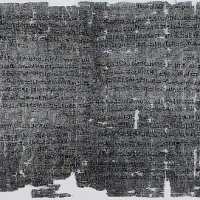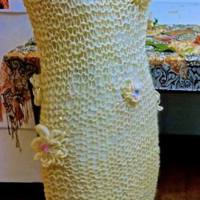Here are two dishes ‘discovered’ by Burton while on the way to Lake Tanganyika, which he says were Arab and Swahili specialties.
Both dishes are still popular, though there have been major changes, which I’ve explained below.
Burton, Richard – The Lake Regions of Central Africa, Vol. 2 1860
In Unyanyembe – an Arab trading village in Tanzania, on the Way to the trading village of Ujiji on Lake Tanganyika
Harfsah, in Kiswahili “bokoboko,” is the roast-beef – the _plat de resistance_ – of the Eastern and African Arab. It is a kind of pudding made with finely-shredded meat, boiled with flour of wheat, rice, or holcus, to the consistence of a thick paste, and eaten with honey or sugar.
Fimi, an Indian word, is synonymous with the muhallibah of Egypt, a thin jelly of milk and water, honey, rice flour, and spices, which takes the place of our substantial northern rice-pudding.
‘Bokoboko’ is an old Kiswahili word that is no longer used. The Kiswahili term for this dish now is ‘Biryani’. Here is how it is made:
- Cook rice and chicken (or another meat) separately.
- Cloves, cardamom seeds, and cinnamon stick can be used to flavor the meat or rice.
- The meat is cooked as a stew to which onions are also added with the spices
- To serve, a layer of rice is placed in a casserole, followed by a layer of the meat, followed by a layer of rice on top.
- The meat’s liquid is added.
This is very similar to ‘maqluba‘, a popular meat-rice dish in Egypt and elsewhere in the middle east, in which the dish is over-ended onto a tray. It is not over-ended here in East Africa.

Chef Richard at the Hotel Lac Tanganyika made Lamb Biryan for the buffet today, but his cooks mixed it all up as a pilaf instead of layering the rice-meat! He was not very happy. Nevertheless it was delicious.
‘Fimi‘ – a rice pudding mentioned by Sir Richard – also continues to be made in urban areas East Africa influenced by Arab and Swahili cuisine , although the Kiswahili name is now ‘tamu ya wali‘ (‘sweetened rice’).
The pastry chef at the Hotel did not make the rice pudding today, but his dessert table was wonderful:
Related articles
- Discovering the Rusizi River, Did it flow IN or OUT?! Part VI (dianabuja.wordpress.com)
- Explorers of the Nile: The Triumph and Tragedy of a Great Victorian Adventure by Tim Jeal: review (telegraph.co.uk)
- Discovering the Rusizi River, Did it Flow IN or OUT?! Part III (dianabuja.wordpress.com)
- Is the Ulanga-Bora River in The African Queen real and where are the Ulanga and Bora Rivers (wiki.answers.com)















































